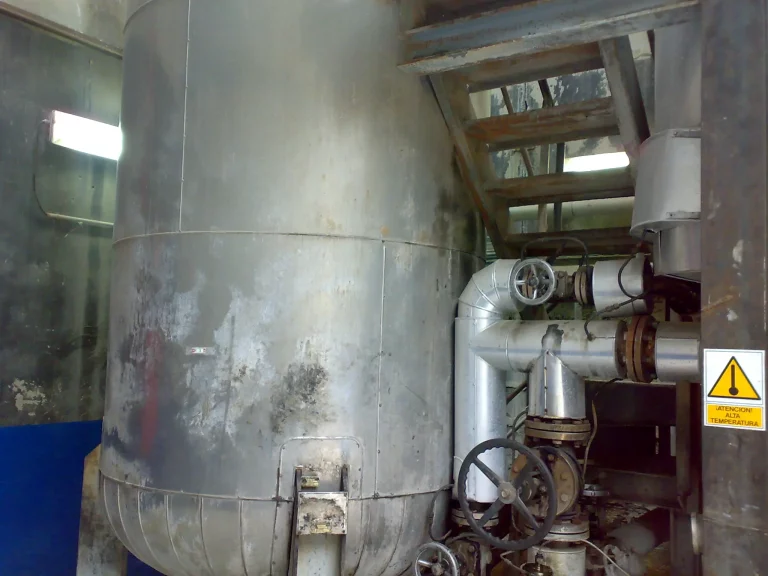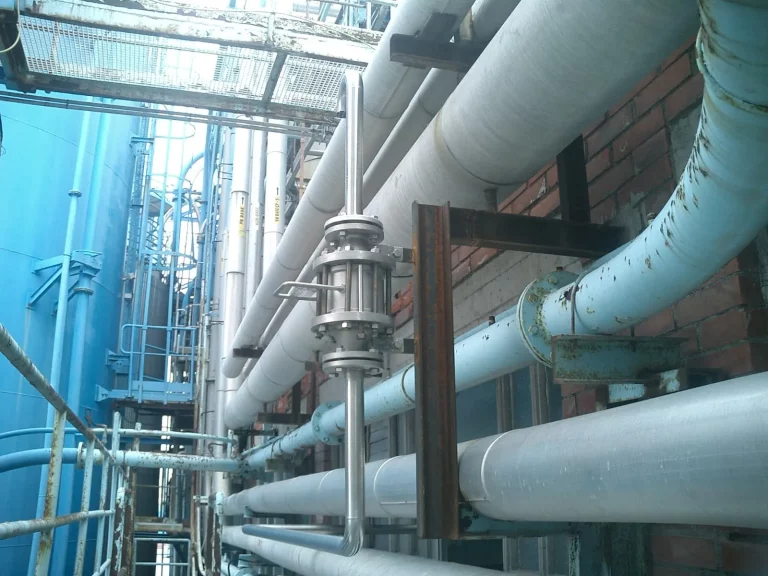- Atex Audits
- Preparation of the Explosion Protection Document. (EPD)
- Explosion Risk Assessment
- Classification of risk areas
- Selection of equipment according to regulations
- Prevention and protection measures against explosions
- Work instructions: Preparation and implementation
- Work permits: Development and implementation of the system
- Specific training plans on explosive atmospheres
- Atex Review of Projects in the engineering phase prior to construction
- Evaluation of non-certified equipment installed in classified areas
- Adaptation of installations prior to June 30, 2003
- Preparation of Technical Files for ATEX Certification of equipment and its CE marking
closeness and support
They are part of our added value
Our reason for being is to make available to our clients the experience and knowledge we have, focusing on providing solutions adapted to each environment, circumstance, installation, machinery and equipment that needs to be prevented and protected.
ATEX FAQ
1. What is ATEX?
The word ATEX is formed by the first two syllables of ATmósfera EXplosiva
Explosive atmosphere: It is a mixture with air (oxygen), under atmospheric conditions, of flammable substances in the form of gases, vapors, mists or explosive dusts, which in contact with an ignition source, combustion spreads to the entire mixture. not burned. (An explosion is caused)
2. Can Atex analysis be carried out in stages or phases?
If possible. The first step would be to carry out a Facility Situation Audit regarding ATEX compliance according to R.D. requirements. 681/2003. And based on the results, prepare the Zone Classification Study and/or the Explosion Protection Document.
3. Does ATEX documentation provide anything else apart from complying with regulations?
- It is a necessary requirement for compliance with other certifications that require it, such as ISO Quality and Environment.
- It can provide us with access to better conditions in insurance policies. In some cases, insurance companies do not contract insurance from companies that, despite having Atex risk, do not have a robust and updated EPD, or if they contract them, they do so with higher premiums (they consider them to be installations with more risk.)
- In the event of accidents related to ATEX, the employer’s liability is much more protected.
4. What is the procedure to collaborate with you on certifications, evaluations, advice or DOPEX?
Our work methodology is in phases.
Phase 1: Contact
1.1. Establish contact to provide us with the details of the needs in relation to ATEX risks, (characteristics of the equipment, areas, etc.) Self-diagnosis test, collection of needs information,
1.2. We provide economic order of magnitude without obligation
1.3. Preparation of personalized budget through prior documentation.
Phase 2: Project Execution
2.1. Once our proposal is accepted, the necessary documentation to carry out the order will be requested.
2.2. Analysis of the documentation provided and preparation of the project.
Phase 3: Verification
3.1. Validation by the client of the project documentation and necessary modifications.
3.2. Verification of satisfaction with the result of the assignment.
Count on us






